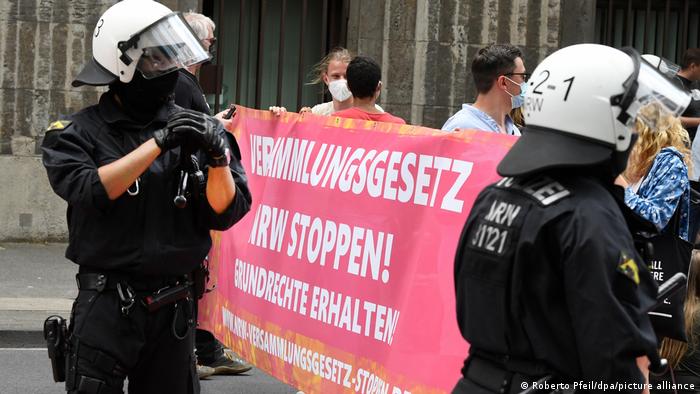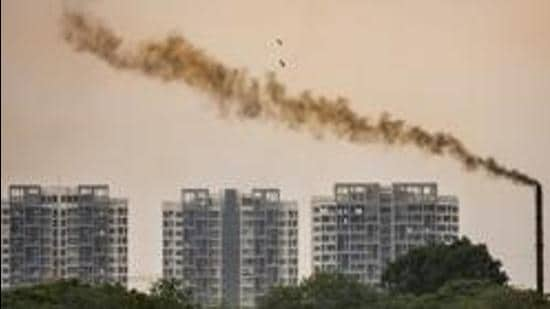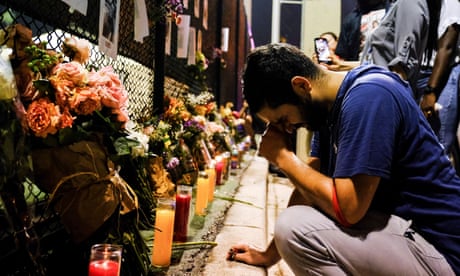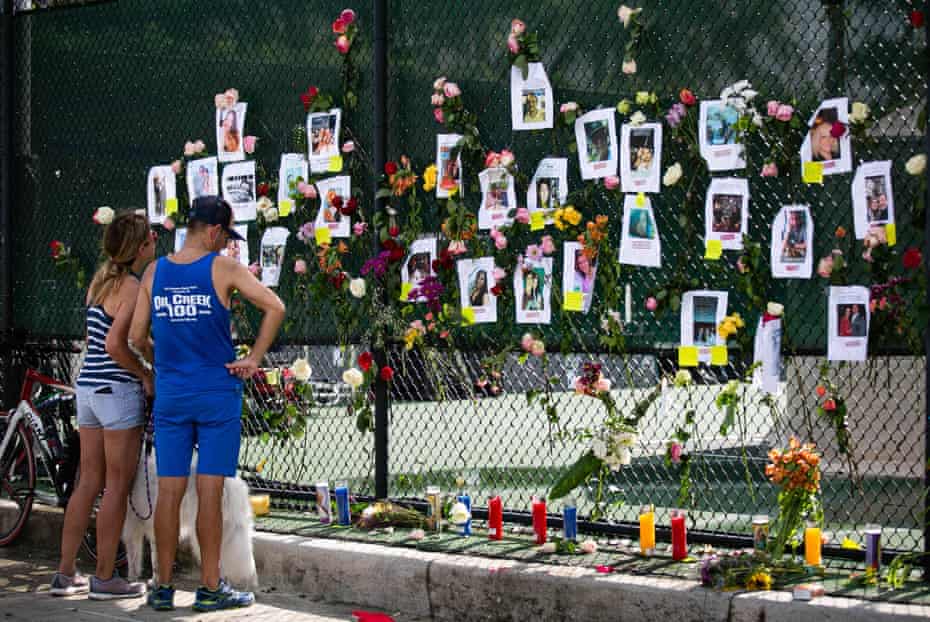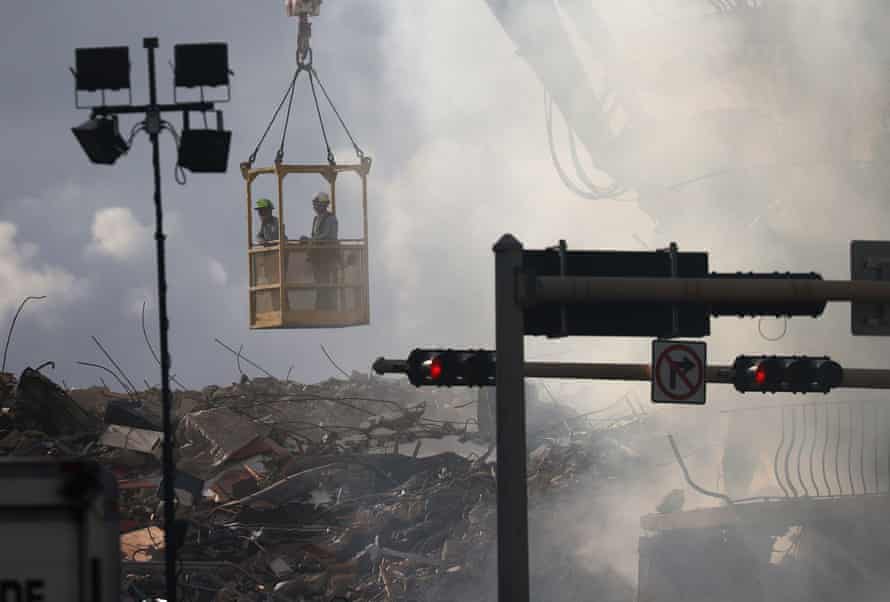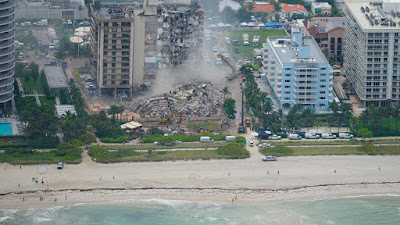Issued on: 27/06/2021 -

Palestinians gather to protest the violent arrest and death of activist Nizar Banat in the West Bank city of Ramallah in the Palestinian Territories on June 26, 2021. © Abbas Momani, AFP
Palestinian protesters clashed with Palestinian security forces in the West Bank city of Ramallah on Saturday, AFP reporters said, the third day of demonstrations sparked by an activist's death in custody.
Palestinian protesters clashed with Palestinian security forces in the West Bank city of Ramallah on Saturday, AFP reporters said, the third day of demonstrations sparked by an activist's death in custody.
Nizar Banat, a 43-year-old from Hebron known for social media videos denouncing alleged corruption within the Palestinian Authority (PA), died on Thursday shortly after security forces stormed his house and violently arrested him, his family said.
On Saturday, hundreds took to the streets of Ramallah, the seat of the PA in the occupied West Bank, calling for Palestinian president Mahmud Abbas to quit.
Protester Ismat Mansour said the death of Banat was just "the tip of the iceberg" while accusing the PA of "a mountain of corruption" and demanding that elections be held.
Others held up placards directed at Abbas' PA that simply said "leave".
Security officers in riot gear blocked off streets.
An AFP photographer said protesters hurled rocks at security forces, who responded by launching a barrage of tear gas canisters to break up the crowds.
It was not immediately possible to confirm if there were any injuries following the protests on Saturday.
Banat had registered as a candidate in Palestinian parliamentary elections, which had been set for May until Abbas postponed them indefinitely.
Banat's family said the forces used pepper spray on him, beat him badly and dragged him away in a vehicle.
Samir Abu Zarzour, the doctor who carried out the autopsy, said injuries on Banat's body indicated he had been beaten on the head, chest, neck, legs and hands, with less than an hour elapsing between his arrest and his death.
Gatherings in Ramallah and Hebron
On Thursday, after news spread of his death, some 300 people gathered in Ramallah, as well as in Banat's hometown of Hebron.
On Friday, thousands of mourners attended his funeral in Hebron, with crowds there chanting angry slogans against the PA, as well as at the Al-Aqsa mosque compound, in Israeli-annexed east Jerusalem.
Banat's death also sparked condemnation from the United States, United Nations and European Union.
Palestinian prime minister Mohammad Shtayyeh said an investigation had been launched.
The PA exercises limited powers over some 40 percent of the West Bank, occupied by Israel since the Six-Day War of 1967.
Israel, which controls all access to the territory and coordinates with the PA, directly administers the remaining 60 percent.
(AFP)
